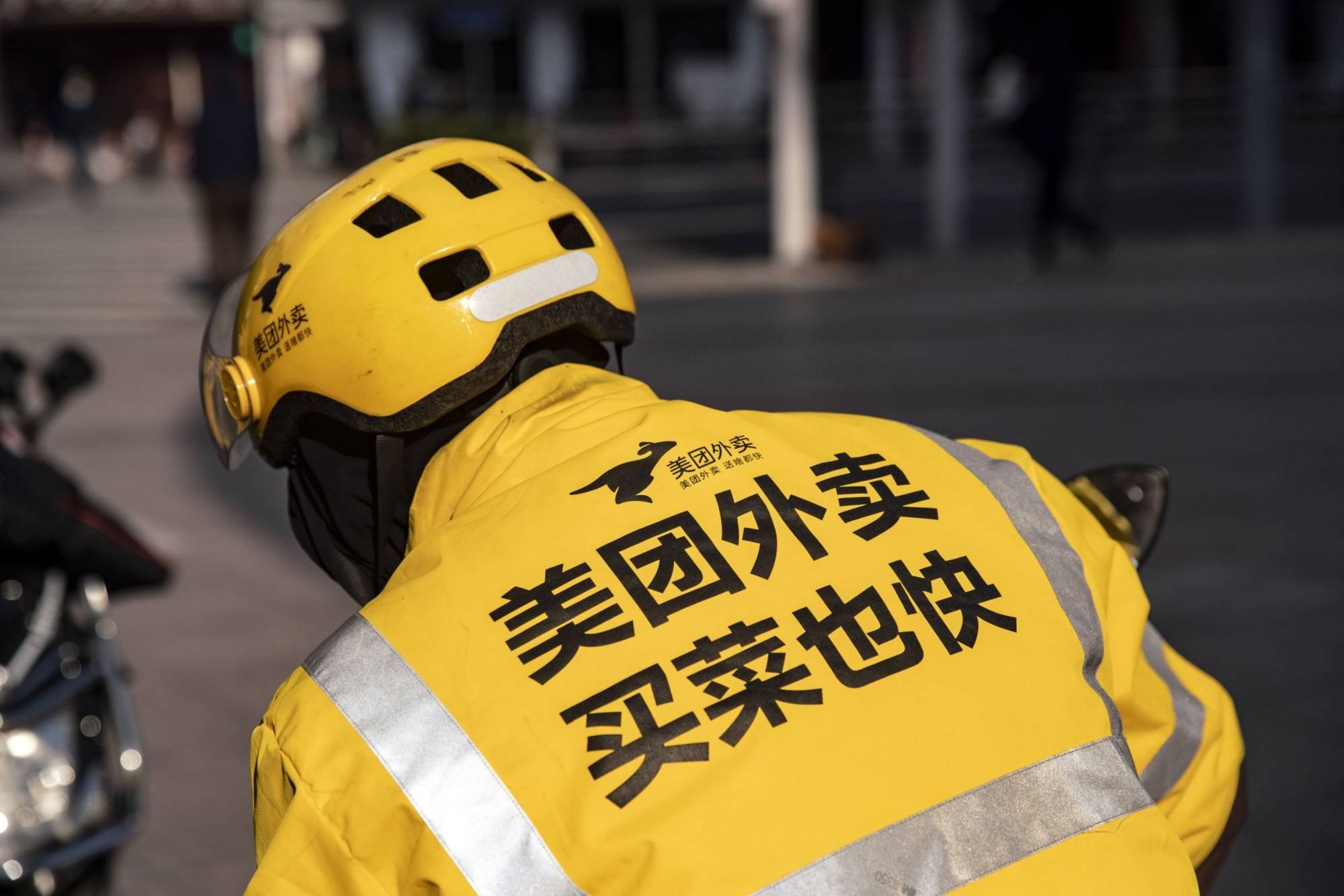One of the most shared articles today on Chinese messaging app WeChat is “Delivery Drivers, Stuck in the System” (link in Chinese), which has sparked a heated discussion among Chinese netizens regarding the worsening conditions that the country’s network of 7 million delivery drivers are facing.
Published by People magazine — one of the most influential human-interest story publications in the Chinese mainland — the article looks at the personal side of the country’s ubiquitous, life-changing delivery apps, weaving a tale of immense pressure and serious risk of accident courtesy of the apps’ competing algorithms and targets. Employing traffic data from a slew of police reports, using first-hand comprehensive narratives from a mixed group of delivery drivers, workers involved in the delivery distribution network and academic scholars, the article takes a deep dive and concludes that delivery driver has become one of the most high-risk occupations in modern-day China.
Related:
 Why China’s Food Delivery is Better Than YoursIn terms of scale, accessibility, and innovation, China’s food delivery is just plain better – here’s whyArticle May 12, 2020
Why China’s Food Delivery is Better Than YoursIn terms of scale, accessibility, and innovation, China’s food delivery is just plain better – here’s whyArticle May 12, 2020
The report quickly went viral on mega-app WeChat (hitting over 100,000 views within a few hours) and sparked a corresponding hashtag on microblogging platform Weibo that also rapidly attracted tens of thousands of views. The story puts a renewed spotlight on both Meituan and Eleme — the two major players that dominate China’s food delivery landscape and who have long attracted both praise (for such efficient services) and criticism (in particular for their environmental impact).
The article highlights that Chinese delivery apps have significantly reduced the maximum time allowed for each order in the last few years. This is a result of intense competition and improved algorithms for optimizing profit for the company, but naturally places the drivers in increasingly risky scenarios as they drive against the flow of traffic, speed and skip red lights to deliver on time. Failing to finish orders within the time limit can lead to a significant reduction of payment per order and a less advantaged position in future order assignment for the drivers, yet the article alleges that the apps’ back-ends use unrealistic route mapping to estimate delivery times (for example, using walking routes instead of motorbike routes, meaning drivers are forced to break traffic rules to arrive “on time”).
All of this takes place against a back-drop of hazardous working conditions: extreme weather (which naturally sees an increase in orders), packed and inconvenient elevators inside buildings, delayed order preparation from restaurants, unreasonable requests from customers, poorly-designed internal training systems, and problematic job welfare. The report points out that these factors inevitably set barriers for drivers in meeting the assigned targets while delivering orders.
Related:
 Has Covid-19 Permanently Changed China’s Daily Reliance on Tech?From food to retail, technology changed daily life in China for most of 2020 – but how much of it will last?Article Sep 01, 2020
Has Covid-19 Permanently Changed China’s Daily Reliance on Tech?From food to retail, technology changed daily life in China for most of 2020 – but how much of it will last?Article Sep 01, 2020
Such risks are not particularly well rewarded. According to the statistics, only 2.15% of the entire workforce of drivers earn more than 10,000RMB (around 1,461USD) per month, while more than half of them interviewed are finding it difficult to make basic ends meet.
Chinese netizens have responded with a mix of reactions — empathy, pain, concern, and anger.
The most upvoted comment under the original article on WeChat reads, “Actually I have asked a couple of people around me — most people don’t care if an order arrives two minutes early, or ten minutes late. The delivery platforms could be more tolerant towards drivers — we are not in that much of a rush.”
“I finished reading the article in a painful state,” writes another commenter. “To be honest, the problems revealed about the food delivery industry are hazardous. While we enjoy the convenience [brought by the delivery apps], we are exploiting the safety of drivers. If I could, I would rather not ask [orders] to arrive fast [in the future].”
One user suggests a possible way to save trouble for both customers and drivers, “When I order deliveries, I usually order one hour beforehand, [which as a result] I don’t have to push delivery drivers, and it won’t delay my meals. So Meituan and Eleme please be more human.”
The last few years, especially in the wake of Covid-19, China has seen an explosive growth in the food delivery market as the incomparable accessibility and convenience of China’s delivery ecosystem has supported busy workers and foodies. While discussions about the well-being of delivery drivers have appeared here and there, there haven’t been coordinated efforts in addressing this issue. Yet interestingly, another result of the coronavirus pandemic was an increase in respect for delivery drivers in China, as people across the country leant heavily on their services during lockdowns.
So far, Meituan has declined to comment on the issue while no updates from Eleme have been published. Update: In the early hours of Wednesday morning, Eleme announced a new feature that allows users to state that they are willing to wait an extra 5 or 10 minutes for their food delivery orders. Meituan also belatedly announced a similar feature — with an 8 minute wait.
It remains to be seen whether these two delivery giants will introduce new methods to adjust their algorithms and utilize a more human-centric approach to address the mounting concerns around safety and job security for delivery drivers. However, at the very least, there is now increased awareness around such issues from the people on the other end of the transactions: the customers.
















